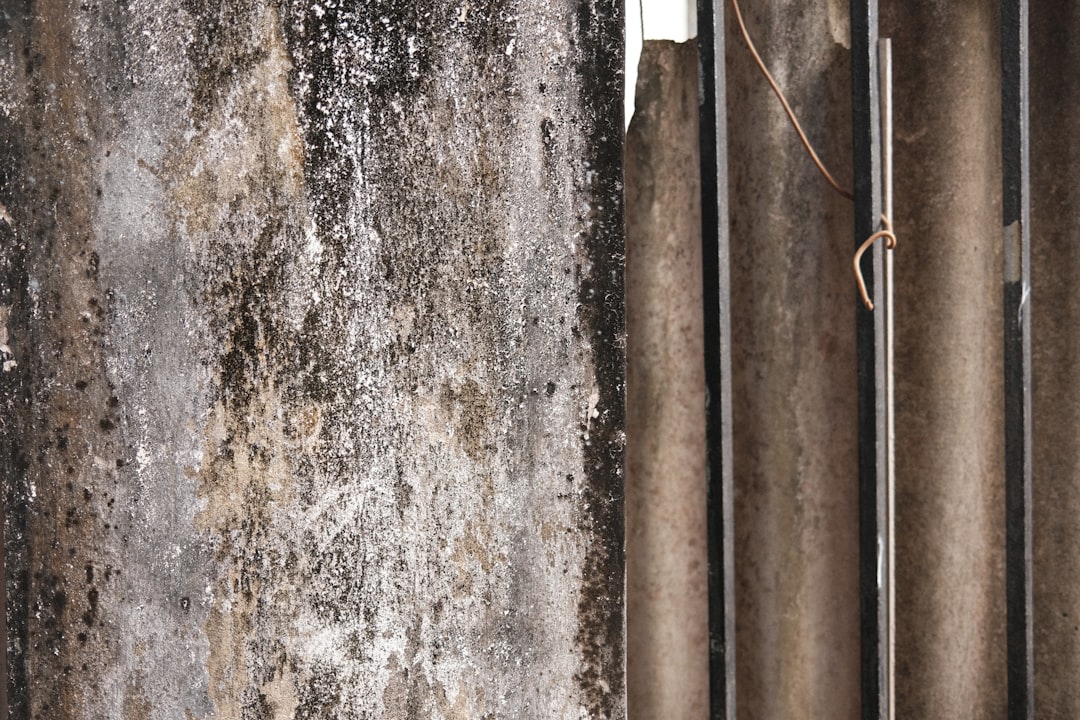
The humble ¼-inch water line behind a kitchen refrigerator is often overlooked until it leaks or clogs. For homeowners, that line supplies ice makers and water dispensers. For residential contractors, it is a small component that can cause outsized damage if installed incorrectly. At CountBricks, we help builders, remodelers, and DIY-minded homeowners understand how to replace water line on refrigerator safely, quickly, and cost-effectively—while our AI estimating tools generate real-time material lists and labor pricing.
• Visible cracking or kinking in the flexible tubing
• Rust on the shut-off valve or compression fittings
• Off-tasting water that persists after filter changes
• Slow ice production even with a healthy ice maker
If you see any of these signs, a new line costs far less than repairing drywall, flooring, or cabinetry after a hidden leak. Use CountBricks.com/services to calculate the total project scope before you open a single wall.
1. ¼-inch OD refrigerator water line—copper, PEX, or braided stainless
2. Matching compression fittings and ferrules
3. New angle stop or dual-outlet shut-off valve (optional but recommended)
4. Pipe cutter or tubing scissors
5. Adjustable wrench and channel-lock pliers
6. Teflon tape or pipe thread compound
CountBricks estimating software automatically populates this list with local pricing and availability when you start a “Refrigerator Water Line” task template.
1. Turn off the ice maker and unplug the refrigerator.
2. Shut off the water supply at the undersink or basement valve.
3. Place a towel under the connection, then loosen the compression nut that ties the old line to the valve.
4. Pull the refrigerator forward and disconnect the line at the rear inlet.
5. Measure the route and cut your new tubing 6-12 inches longer to allow a gentle coil—preventing future kinks when the unit is moved.
6. Slide the compression nut and ferrule onto the tubing, seat the line fully into the valve, and hand-tighten the nut.
7. Repeat the connection at the refrigerator inlet.
8. Tighten both nuts with a wrench an additional ¼ turn—do not overtighten.
9. Slowly reopen the valve and inspect for leaks. If dry, plug the refrigerator back in and activate the ice maker.
10. Run two full batches of ice and one glass of water before tasting.
Copper: Traditional, rigid, and highly durable. It requires careful bending and is slightly more prone to pinhole leaks if your water is aggressive.
PEX: Flexible, affordable, and forgiving for tight spaces. Use brass compression fittings rated for PEX.
Braided Stainless: Easiest to install and resists kinks. Perfect for retrofits where access is limited.
• Average DIY time: 45-60 minutes
• CountBricks-calculated professional labor: 0.75 hours on site
• Material range: $18 for PEX to $45 for braided stainless with premium valves
Our AI estimating engine factors in local trade rates and even adds minor drywall patch allowances if routing through finished walls.
Replacing a refrigerator water line rarely stands alone. You might be updating cabinets, installing new flooring, or relocating plumbing. CountBricks streamlines coordination:
• One voice-driven call captures every scope item as you walk the site
• Real-time cost feedback lets you value engineer on the spot
• Automatic blueprint takeoffs confirm pipe runs against wall elevations
The result is a single, shareable quote document branded with your logo and delivered to the homeowner before you leave the driveway.
• Always install a dedicated shut-off valve within 6 feet of the fridge per most local codes.
• Do not route the line through return-air plenums or unconditioned attic spaces.
• Secure loose tubing every 4 feet with plastic pipe straps to prevent vibration noise.
• Maintain a minimum 3-inch separation from electrical wiring when running through studs.
Water still dribbles? CountBricks support staff see three common culprits:
1. Debris lodged in the refrigerator inlet screen—remove, rinse, reinstall.
2. Valve stem packing worn—replace the valve instead of overtightening.
3. Air trapped in the line—dispense at least one gallon to purge.
Need to document the job for warranty? Upload before-and-after photos in the CountBricks mobile app and attach the generated estimate. Planning multiple unit turnovers? Clone this task into a project template and let our AI schedule crews automatically. Learn more at CountBricks.com/services or request a live demo at CountBricks.com/consultation.

When Brightwood Developers hired CountBricks for a rapid kitchen refresh across 24 rental townhomes, the refrigerator water lines were a hidden liability. Ten lines showed corrosion, two had slow leaks, and none had accessible shut-off valves. Using our voice-to-estimate workflow, the site superintendent captured every defect as he walked the first unit. CountBricks automatically generated:
• 24 line-item estimates for braided stainless replacements
• Labor allotment of 18 crew hours staggered over three days
• Ancillary drywall patch and paint allowances tied to each location
• A consolidated material purchase order timed to the delivery of new appliances
1. Procurement lead time dropped from four days to same-day pickup because CountBricks linked local supplier inventories.
2. The plumbing crew eliminated return trips; QR-coded task checklists verified installation specs and photo documentation in real time.
3. Tenant disruption was reduced to under one hour per unit, measured through CountBricks time stamps.
• Standardize: Save the “Refrigerator Water Line” template in your CountBricks library so every future kitchen job opens with correct labor and materials.
• Upsell Smartly: Offer homeowners braided stainless upgrades; CountBricks will show the marginal cost difference on screen so they can decide instantly.
• Protect Your Margin: The platform tracks actual vs. estimated install times, alerting you when scope creep threatens profitability.
Whether you manage hundreds of rental units or remodel one kitchen a month, mastery of small tasks like how to replace water line on refrigerator reflects on the entire project. With CountBricks, you combine best-practice installation guidance with automated estimating, scheduling, and documentation. That means fewer callbacks, faster approvals, and happier clients. See it in action at CountBricks.com/portfolio and start transforming the way you build today.